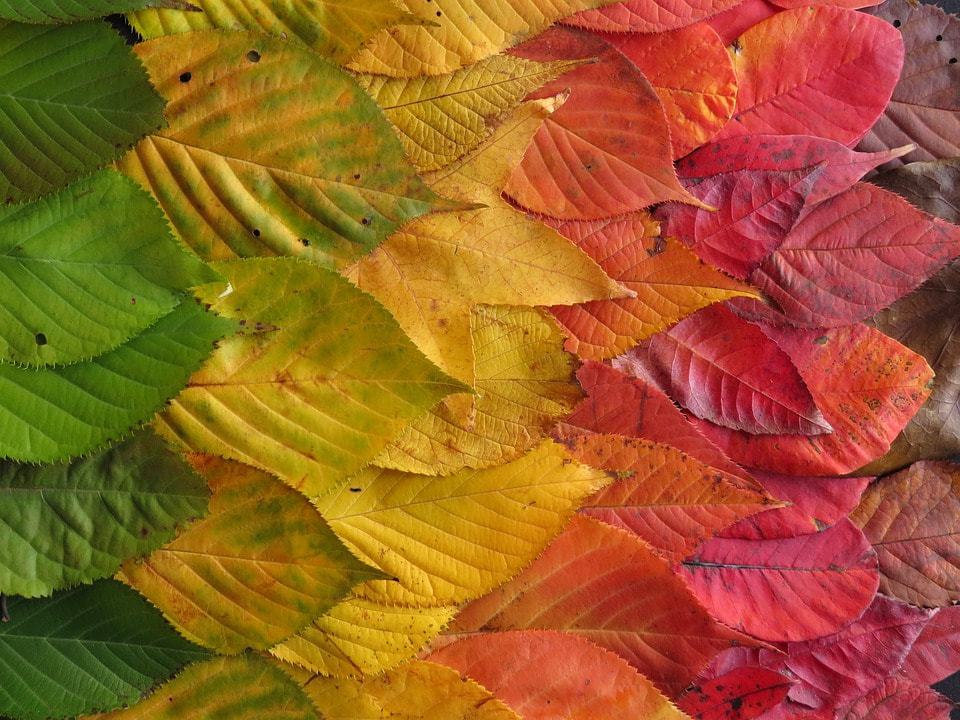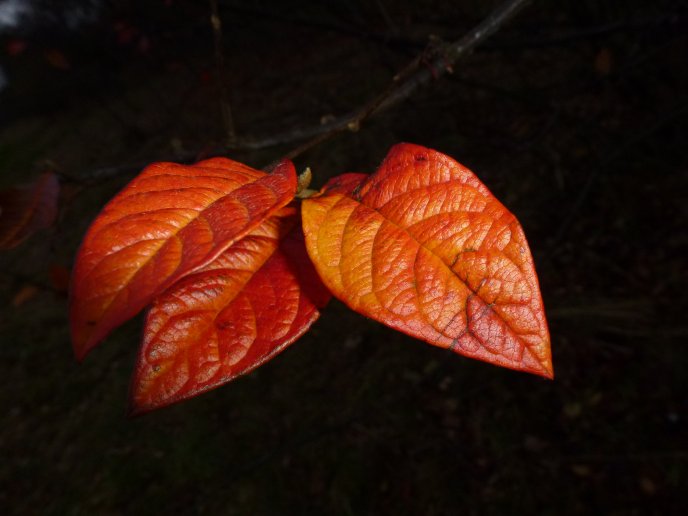n
That night at the Fairmont, I’m hosting a dinner for CEO’s of multi-national corporations. The menu is a multi-course affair melding together western and Chinese elements including such delicacies as sea cucumber—a dish whose flavors and textures almost defy wine pairing. The wine I’ve chosen for the evening’s entrée is the 1995 Ridge Montebello, a remarkably complex wine from one of California’s great terroirs. As I opened, checked, and tasted the bottles of Montebello, I noted that the wine had more than a bit of Brettanomyces. In fact, on a Brett scale of 1-10 it was a solid five.
If not familiar, Brettanomyces is non-spore forming yeast often referred to as “Brett.” It’s soil-borne but often gets into winery environments where it can ultimately wreak havoc. The dark side of Brett is a range of off-aromas and flavors including sweat, barnyard, fecal, and medicinal. Think of small, unkempt rodents sporting multiple Band Aids. Such is not always the case. In the instance of the ’95 Montebello, the Brett surfaced in the form of savory/leathery/earthy complexities that lent richness to the texture and length to the finish. No arguments; the wine was simply delicious and sure to please. I doubted that anyone would have a problem with it much less consider it flawed.
Our dinner was not the only gala affair taking place that evening at the hotel. The late Paul Pontellier of Chateau Margaux was hosting a dinner for local collectors in the penthouse. Paul came down to meet me shortly before our dinner started. It would be my only time seeing him as he died unexpectedly less than two years later. I’m still saddened by his passing as I write this. Paul was utterly charming, warm, and gracious. He inquired about our project and generously offered me a glass of 1995 Chateau Margaux. Paul stayed briefly and then had to return upstairs. I then put my nose in the glass of Margaux only to be greeted by—you guessed it–Brettanomyces. I quickly picked up the Montebello and went back and forth between the two wines repeatedly. The Margaux had even more Brett than the Ridge. After a short time I put both glasses down and experienced what I call one of those “alone at the edge of the universe” moments where one is faced with a paradox; something that flies in the face of previous experience that must somehow be reconciled. And I wondered if an important part of the recipe for any great, age-worthy red wine was Brettanomyces. My answer in the moment was, I don’t know.
I still don’t know.
Brettanomyces could be the Pandora’s Box of wine. Everyone’s threshold much less tolerance for Brett is unique and completely personal. Some, including very famous wine critics, have a high tolerance–even preference–for red wines with high levels of Brett. Others, even complete winemaking cultures, have a zero-tolerance for it. To point, I was chairing a panel at a wine competition several years ago. One of the other panelists was a winemaker from Australia. On the morning of day two, my panel drew 30 Northern Rhône Syrahs, all retailing over $35. In other words, expensive wines from top appellations. As we started tasting through the first flight Brettanomyces quickly because a common denominator. The Australian winemaker responded by awarding all the wines “no medal.” When their results for the second flight were the same, I literally called a time out and had the other two panelists take a quick break. I then asked the winemaker what was up with refusing to award any of the wines a medal. They responded by saying any Brett—even trace amounts—was considered a flaw in their training. I then had a quick reality check discussion about context, Brett, and Northern Rhône Syrah. The winemaker grudgingly agreed to reconsider their scores—and awarded all the wines a bronze medal. It was a small victory for context.
Brettanomyces defines how important context is to wine. Both stellar 1995’s from the Shanghai dinner displayed high levels of Brett that would be unacceptable in many other wines. Find the same amount of Brett in an uber Napa Valley Cabernet or top flight Barossa Shiraz and the critics would howl and an immediate inquisition into the hygiene of the guilty winery would be demanded. Find a similar amount of Brett in a white wine or sparkling wine and the universe might be rent asunder, as they used to say in the middle ages. But for some reason—and here we’re pointing directly back to context—high levels of Brett in certain old school red wines is not only acceptable, it’s an expected and a long-established part of the wine’s character.
My first memories of tasting classified growth Bordeaux from the ‘60’s and ‘70’s always included at least trace amounts of leather, barnyard, and pronounced soil notes which could easily have been cultured out as Brett or its cousin Dekkora. That all seemed to change with vintages in the early ‘90’s when better vineyard management, better quality fruit, better technology in the winery, and climate change resulted in cleaner and more concentrated wines. Gone are the days when each chateau seemed to have its own distinctive micro-biome in the vineyard and winery that was reflected in the bottle. There are, of course, always exceptions–and that too is context.
Context is the eight-zillion-pound elephant in the cellar. I’ve written about it previously multiple times but can’t stress it enough. Context is arguably the most important part of any wine experience, an equation that also includes the taster and the wine. With any tasting, change the glassware, the temperature of the wine, even the temperature of the room where the wine is being tasted, and the experience of the person tasting the wine will be altered and sometimes radically different.
Context works in any number of ways and not all of them detrimental. One of the greatest wine experiences I’ve ever had was at Trattoria Zà Zà, a student/tourist hangout in Florence. It was the first—and only–time Carla and I have ever been to Europe together. That night we drank newly minted Chianti drawn from a huge cask behind the bar served in clunky glasses. It was—and still is—the most delicious Chianti I’ve ever tasted, and all because of that particular evening, my fabulous company, and the fact that we were in Florence. Face it, if you’re Florence with a glass of Chianti in hand and you’re not happy, you may have issues.
Context reminds us that mood and company are valuable parts of any great wine experience.
Context reminds us that tasting even the greatest vintages while in the throes of frustration, boredom, or anxiety can render the pedigree of the wine moot and the experience less than memorable–or tragically memorable in some cases.
Context reminds us to be mindful of adopting absolutes in the world of wine because the universe will always be willing to immediately show multiple exceptions to the rule. Count on it.
Context also reminds us to be wary of sources using numerical scores because, given the three variables in any tasting experience listed above, how accurate could numbers possibly be?
Finally, context reminds us that sharing wine and a meal with friends and family is perhaps the most satisfying thing we can do. Which takes us to Thanksgiving.
It’s Thanksgiving week. Yesterday I was making my way through various wine things online and came across a blog post by a writer who lamented the fact that, and I quote, “Thanksgiving is the hardest meal of the year to pair wine with.” My reaction was an immediate, “Wait, what?” So to put everyone at ease—and I’m reasonably that sure most are not suffering a catharsis over Thanksgiving wine—here are some simple guidelines for pairing wine with your holiday meal.
Rule #1: drink whatever you like—and that includes beer, cider, or instant coffee. It’s your dinner and your palate so drink whatever you like. Ahem, there’s that context thing again.
Rule #2: not every wine works with Thanksgiving dinner: any wine with too much oak and any red wine with too much tannin could be a problem. Oak and tannin are by far the least flexible elements in wine when it comes to food.
Rule #3: if you like oaky Chardonnays or monster-truck-pull Cabernets refer to rule #1 and go for it. Context strikes yet again.
Rule #4: the huge range of flavors and inherent savory and sweet elements in the traditional Thanksgiving dinner means—and this is in complete opposition to the wine writer above—you can drink practically any style of wine; from slightly sweet Rieslings to dry rosés to crisp, herbal Sauvignon Blancs to supple Pinot Noirs. That’s right; practically everything works.
Rule #5: this is not a rule. What do I recommend for Thanksgiving dinner wines? First, start with good bubbly in the form of Champagne or Franciacorta. It’s the holidays and you deserve it, what with you family coming over and all. Second, Rieslings from the Mosel or Demi Sec Vouvrays fit the white wine bill nicely. Both have tart acidity and a touch of residual sugar that will complement the sweet elements in the menu. Third, Pinot Noirs and Grenache blends are my go-to red wines, especially with the turkey which some have described as “chicken with attitude.” Tawny ports or late harvest Zinfandels are delicious with pies, both pumpkin and pecan. Finally, wrap it all up with a touch of Fernet Branca to settle the very large meal–and to also help ponder the beautiful sadness of the holidays.
Cheers!
p.s. Always keep context in mind when it comes to wine.
nn


